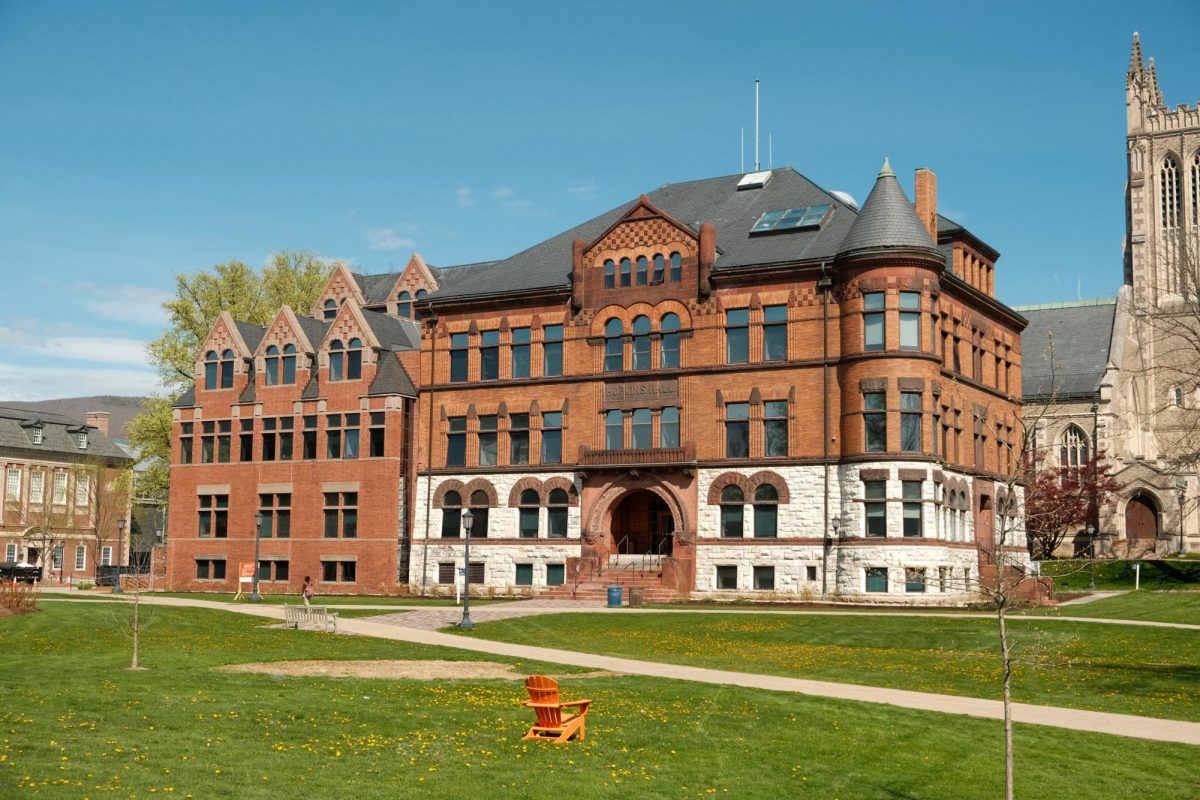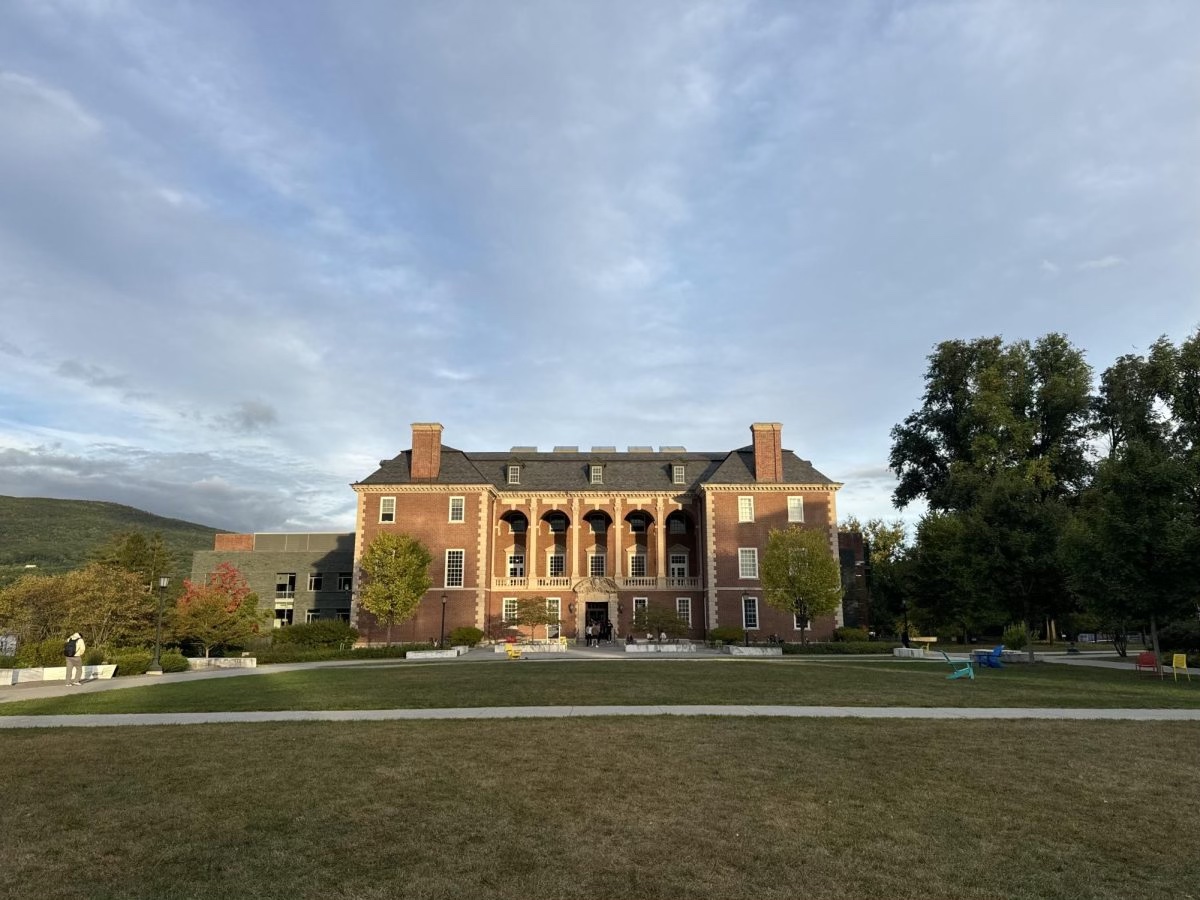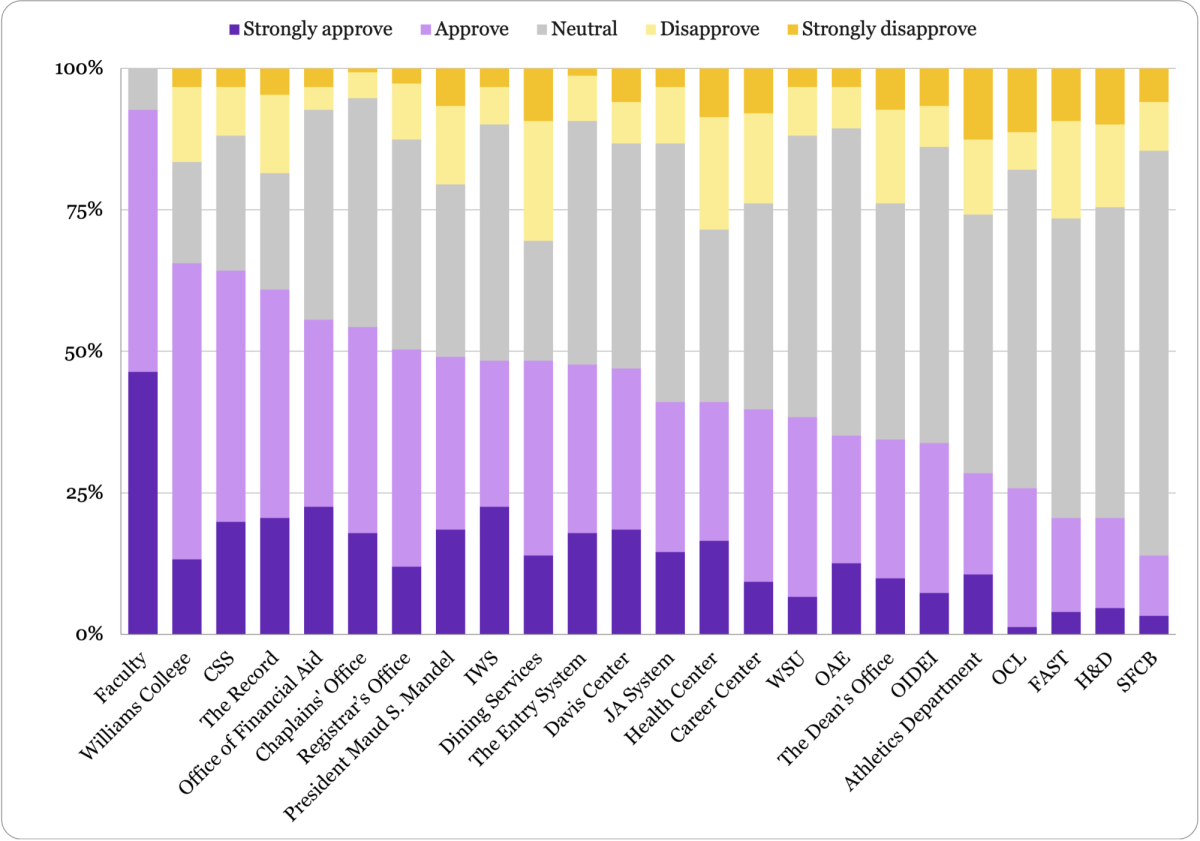Reflections on wonder and the spaces we inhabit through Susanna Clarke’s “Piranesi”
March 16, 2022
“The Beauty of the House is immeasurable; its Kindness infinite.” These are the words of the eponymous narrator of Susanna Clarke’s fantasy novel Piranesi, whose whole world comprises a massive, labyrinthine stone house filled with halls upon halls of marble statues. Piranesi, alleviating our apprehension at this inhuman place seemingly built for giants, coaxes us into a sense of wonder with his charmingly delighted reverence in exploring and tending to his home.
His attitude is infectious. Reading Piranesi has given me the tendency to pause — to think about how we all exist in and move through the spaces we inhabit. Just as Piranesi’s archaic capitalization (“I reached the Statue of a Woman carrying a Beehive”) compels us to linger on each subject and object to visualize his otherwise amorphous world, the familiar spaces here at the College again catch my attention and bring me to reflect anew on their small but invaluable wonders.
Even my room holds a novel fascination for me. Though it’s not quite as vast as Piranesi’s abode, I find I’m strangely attuned to its state of disarray. I am compelled not just to set it aright, but to maintain what gives it character, such as the happy accidents of curiously stacked books and accumulated decor that have magically appeared over the course of the semester. (In short, if a book can make you both value the chaos of your room and want to clean it at the same time, you should read it.) Above all, it’s the sense of potential that a space can hold in the million ways we can place ourselves in it that has enthralled me, which we should all strive to keenly perceive and prize.
Piranesi often gushes about his favorite statues and their significance to how he inhabits his space. The “Statue of a Faun,” with his index finger on his lips, seems to warn him to “Be careful!” but, as Piranesi discloses, “what danger there could possibly be I have never known.” For him, there is no danger — the space of the mind he inhabits, and therefore his physical spaces, are characterized by a joyous naivete. This endearing innocence transforms an otherwise mundane moment into something more — if you’ve ever walked along the long stretch of windows in Mission’s lobby on a vibrant morning, there’s a certain delight in suddenly noticing the cozy, enveloping liveliness to the sunlit walls and the shadow-dappled floor. For me, that innocent wonder brings an overpowering feeling of being at home on this campus.
Sometimes, though, our spaces can feel forbidding and off-putting. Piranesi still finds value in that feeling — he describes the contorted, pained “Statues of Horned Giants,” who “are not comfortable to contemplate” and yet still “represent Endeavour and the Struggle against a Wretched Fate.” I cannot help but think of Sawyer, when it is late at night, when the light is harsh to tired eyes and in the supreme quiet each footfall is amplified tenfold. Those hours of study, especially during midterm season, certainly involve a superhuman effort, yet Piranesi’s starry-eyed wonder makes me appreciate the greater significance behind that toil.
My personal favorite of the innumerable statues lovingly rendered in Piranesi’s words is simply portrayed as one part of a crowd, a “Statue of a Young Man, who stood bathed in the Moonlight, elation in his Face.” For me, this image evokes the visceral thrill of the deafening lunchtime commotion in Paresky, especially in those fateful minutes that inevitably occur at some point between noon and one, when the line stretches beyond the imagination’s scope nearly to the front entrance. The lack of space, both physical and auditory, is a heartening reminder of the vitality of campus life. Piranesi naively captures this notion, exclaiming that faced with the crowd of statues he “almost forgot to breathe. For a moment I had an inkling of what it might be like if instead of two people in the World there were thousands” — which is sometimes what coming into Paresky from a quiet, low-key morning feels like.
As we finish up our mid-semester work and yearn for the respite of being elsewhere during spring break, let us still feel connected to and be enchanted by the spaces that define our experiences on campus — spaces where we find a sense of home while we’re here. For Piranesi, a small shift of perspective transforms his home into something even more beautiful; while the Statue of the Faun appears initially to be warning him of danger, with his finger on his lips, his mysterious gesture suddenly seems “to mean something quite different: Hush! Be comforted!” To experience Piranesi’s fantastical yet entrancing world, then, is to rediscover a childlike wonder that in our own world would truly do wonders for us all.
Rijul Jain ’25 is from San Jose, Calif.








